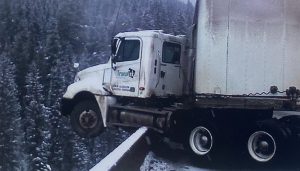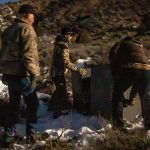Colorado invests around $1 million in communities trying to reduce conflict with bears
From the state’s newest town to the highest conflict areas, communities and groups are finding solutions to their No. 1 bear attractant
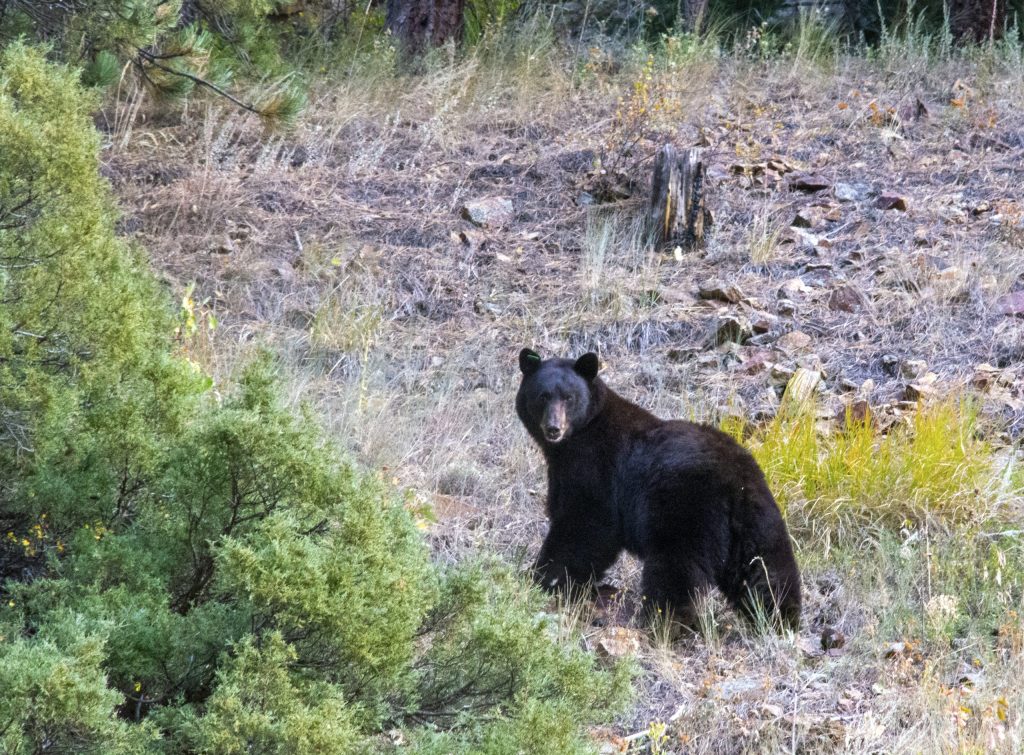
Jason Clay, Colorado Parks and Wildlife/Courtesy Photo
As conflicts between humans and bears continue to rise across the state, Colorado Parks and Wildlife is looking to help communities remove top temptations from bears.
On Wednesday, Aug. 27, the state wildlife agency announced the 2025 recipients of its Human-Bear Conflict Reduction Community Grant.
Parks and Wildlife awarded just under $1 million to 22 communities as part of the 2025 grant cycle, with awards ranging from $7,000 to $110,000.
This includes $466,000 to seven communities in northwest Colorado, a region that historically sees the highest levels of human-bear conflicts in the state.
Last year set records for the number of conflicts reported between humans and bears. This year, however, is already trending slightly higher. As of Sept. 2, Parks and Wildlife had received 3,736 reports of bear activity across the state this year — around 100 reports more than the same period last year.
Each year, as conflict with bears rises, the agency has seen interest in the Human-Bear Conflict Reduction grant grow as well. Parks and Wildlife reported that it received nearly 50% more requests this year, with 42 communities requesting over $2.7 million.
The grant program was created by state law in 2021 and is now funded by Parks and Wildlife in collaboration with the U.S. Fish and Wildlife Service.
Human-bear conflicts often have dangerous consequences. For bears that become habituated to people and human food sources, their fate is hazing, relocation or death. Parks and Wildlife reports that bear euthanization is most often traced back to human behavior.
Grants go toward addressing trashy behavior
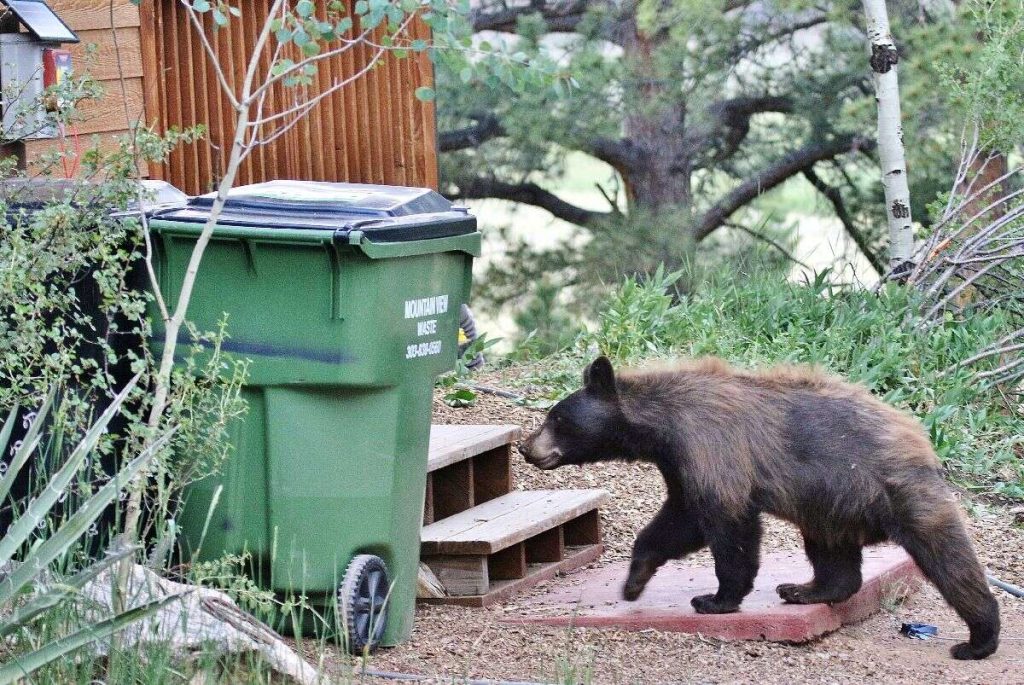
While the communities receiving funding in 2025 have differing approaches toward reducing conflicts, all the grant awards will go toward addressing one bear attractant: trash.
In 2024, over half of all statewide bear reports were linked to trash.
“Bears are becoming less afraid of humans and know there is an endless supply of food throughout trash bins in Steamboat,” said John Fancher, communications and engagement coordinator at the Yampa Valley Housing Authority.
The authority — which is aimed at supporting affordable housing in Routt County — was awarded $73,000 from the 2025 grant to build two new trash and recycling enclosures at Hillside Village Apartments and Whitehaven Mobile Home Park in Steamboat Springs.
Both sites, owned and operated by the authority, have seen an increase in bear activity as the animals have figured out how to access the dumpsters, which are out in the open and shut by bars and latches, according to Fancher.
“Bears are persistent and strong,” Fancher said. “Leaving trash outside the dumpster, overstuffing or not properly latching the dumpster only facilitates bear access.”
The funds to secure and enclose these dumpsters will reduce bear access and bring significant benefits, he added.
“Preventing bears from becoming habituated to these neighborhoods is a key goal for this project because there is a safety risk when bears are spending time around a property with many people, especially with children present,” Fancher said.
Similarly, in Granby, the Arapahoe Valley Ranch received $85,000 to go toward food storage lockers and trash enclosures at its campground facility.

Eagle County, in partnership with the Eagle County School District, was awarded $105,000 to install bear-resistant trash cans at 21 public school facilities in the valley. This was one of the largest awards in the 2025 grant cycle in a county that ranked No. 10 in the state for bear conflict reports last year.
Phil Qualman, superintendent of the Eagle County School District, wrote in an email that the funds are a terrific step toward “respecting the balance of nature and doing what we can to take care of our wildlife.”
The money will go toward new trash cans at both schools and administrative buildings where bears have previously gotten into trash, according to Emily Seddon, natural resources specialist for Eagle County.
The county and school district did not receive their full funding request, which also included additional dollars for education around bears and trash.
“When bears can easily get into trash cans, human-bear conflict occurs, and bears will continue to come into our communities to find more trash — an easy food source,” Seddon said. “Ultimately, we are trying to encourage people to take responsible actions, such as properly securing trash, to keep humans and bears safe.”
A Colorado Parks and Wildlife study in Durango reported that human-bear conflict could be reduced by 50% when bear-resistant containers are used.
Many communities impacted by heightened conflict with bears have implemented some kind of trash policy or ordinance aimed at limiting access to trash for bears and other wildlife. Success, however, is often linked to compliance and enforcement of these policies.
As Colorado’s newest town, Keystone has a significant to-do list, but with an active bear and wildlife population, addressing the issue of trash rose to the top of its priorities.
“Keystone has a lot on our plate. It’s not easy to set up a new town,” said John Crone, town manager in Keystone. “However, protection of wildlife — and people from wildlife — has to be a priority. When we have human-bear conflicts, there is always a loser, and it is usually the bear.”
In March, the Keystone Town Council passed an ordinance requiring everyone — including both residential and commercial sites in town — to store their trash inside or utilize bear-proof refuse containers. It also established a grant program to help offset the cost of the containers.
Keystone was awarded $40,000 from Parks and Wildlife’s human-bear conflict reduction grant to help implement this ordinance and purchase bear-resistant trash cans and fund trash enclosures. Specifically, Crone said the funds will be used to expand Keystone’s own grant program to help with the cost of commercial dumpsters.
“I’ve often said that trash kills bears,” Crone said. “The Town Council also believes this and was willing to take the steps necessary to ensure that we protect our wildlife and our people.”
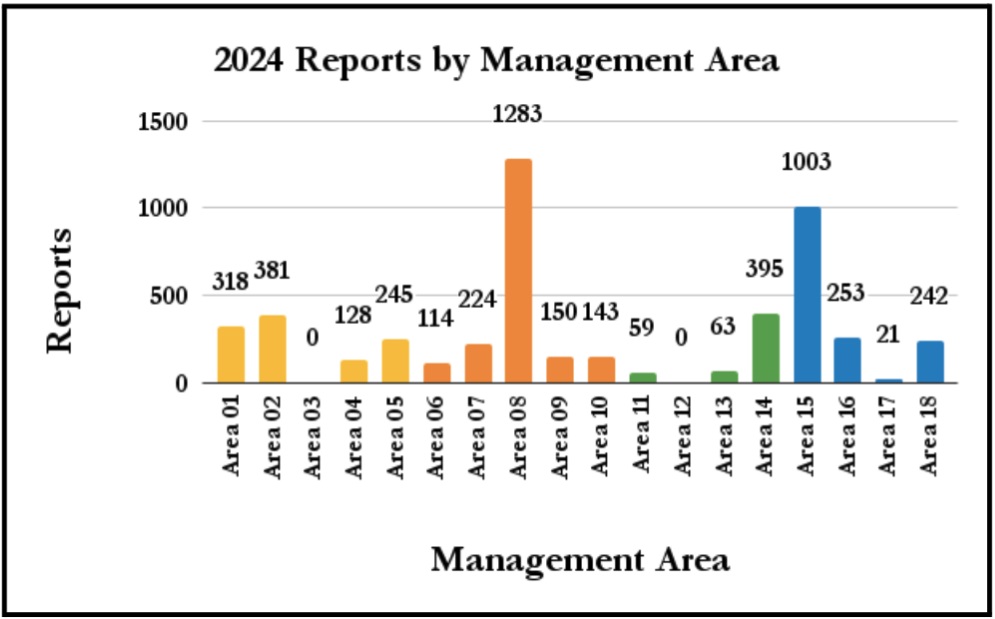
While northwest Colorado historically has the highest reports of human-bear conflict, Pitkin County, most of Eagle County, and the western portion of Garfield County, including Glenwood Springs, are responsible for the vast majority of the conflict in the entire region. Several communities in this area were awarded money from the grant in 2025.
The town of Eagle will receive $39,000 from Parks and Wildlife to bring its public trash receptacles into compliance with a new trash ordinance that went into effect Sept. 1. The Ute Condos in Aspen were granted $68,000 to build a trash and recycling enclosure to address the complex’s frequent bear conflicts.
The city of Glenwood Springs received $58,000 to support a program where it reimburses residents for upgrading their trash receptacles to bear-resistant cans. It will also provide some funding to commercial facilities. The city has a zero-tolerance trash policy when it comes to bears and wildlife.

Support Local Journalism

Support Local Journalism
Readers around Glenwood Springs and Garfield County make the Post Independent’s work possible. Your financial contribution supports our efforts to deliver quality, locally relevant journalism.
Now more than ever, your support is critical to help us keep our community informed about the evolving coronavirus pandemic and the impact it is having locally. Every contribution, however large or small, will make a difference.
Each donation will be used exclusively for the development and creation of increased news coverage.

